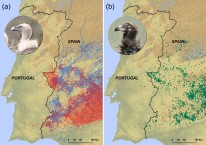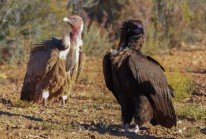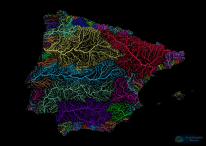- Sunshine!!
- Quote - Conversation Among the Machines the Simple Man and the Commercial Idealist; 14 July 1932
- Quote - "People in this country are disillusioned by a two-party system that thrives on despair."
- Quote - "We will love her while the light lasts, and when darkness comes, we will not forget her.”
- Quote - "disappointment ..."
- Quote - "We get so tangled up in knots, we humans, trying to think everything through, trying to guess at outcomes ..."
- Quote - "Well, I still hate novels..."
- Quote - "Everything can be divided into decades"
- Quote-"You know the worst thing about this government? the war on woke. Woke means caring for people & can only be a good thing"
- Quote - "The pleasure of what we enjoy is lost by wanting more"’
The vultures of Spain, however, skirt around the Portuguese border with uncanny accuracy.…
- Bruno Martin? @TurbanMinor
- New conversation
-
-
Bruno Martin on Twitter: "1/ A vulture can fly up to 400 kilometres each day in search of carrion. Little should it care whether this flight takes it from one country to another. The vultures of Spain, however, skirt around the Portuguese border with uncanny accuracy.… https://t.co/CuJt1VbMh0"
New conversation -
1/ A vulture can fly up to 400 kilometres each day in search of carrion. Little should it care whether this flight takes it from one country to another. The vultures of Spain, however, skirt around the Portuguese border with uncanny accuracy.
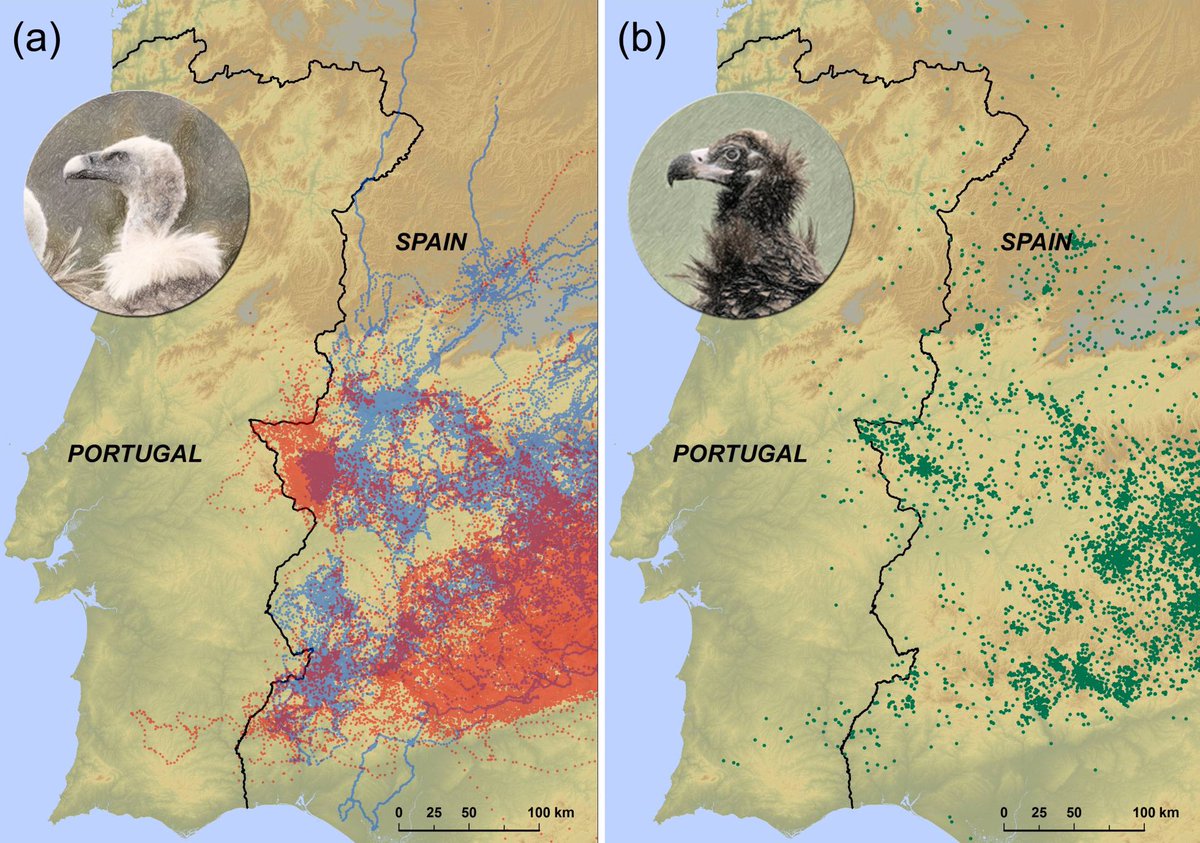
2/ Eneko Arrondo (@BIOEAF), an ecologist at the Doñana Biological Station (@ebdonana), in Spain, was monitoring the distribution of 60 tagged griffon vultures (Gyps fulvus) and 11 cinereous vultures (Aegypius monachus) for his PhD project when he noticed the sharp pattern.
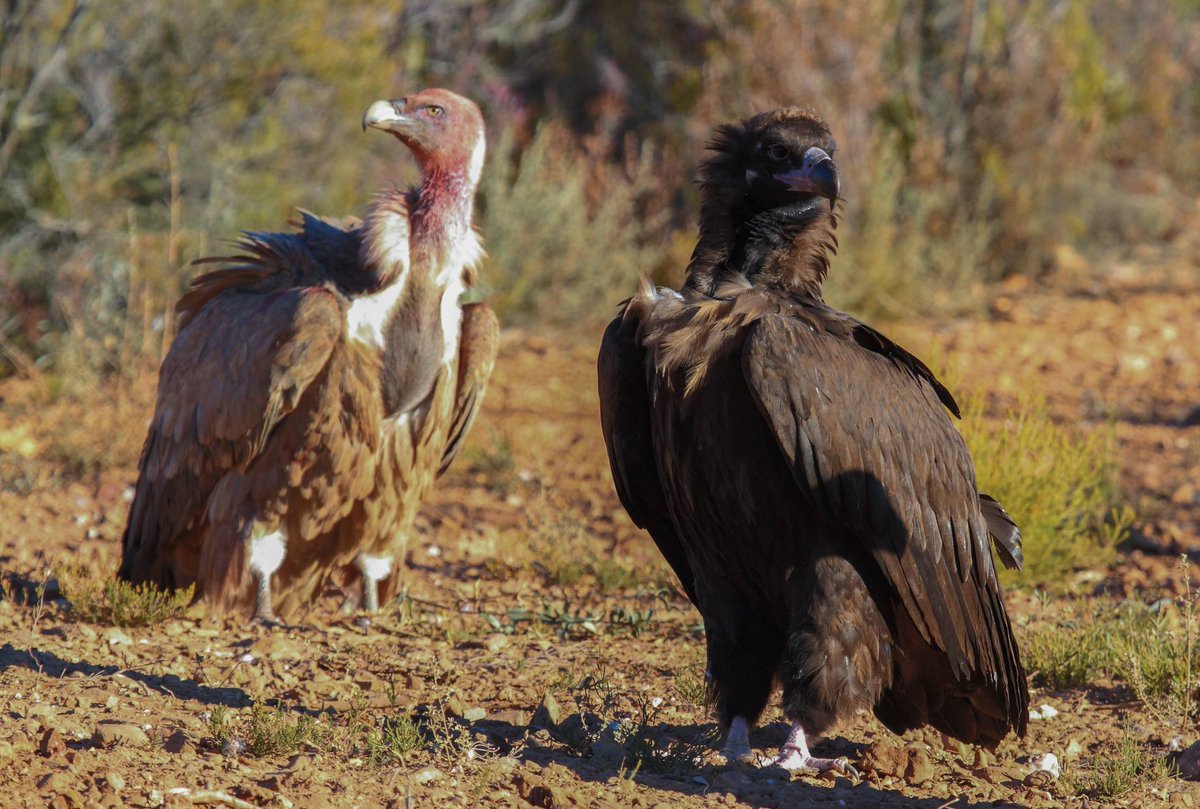
3/ During a 2-year study period, only 13 birds visited Portugal, and they all quickly turned back, Arrondo and his colleagues reported last year in Bio. Conservation. Why the rest flew close to the neighbouring country, but never entered it, was a mystery. https://www.sciencedirect.com/science/article/abs/pii/S0006320717315550 …
4/ The Portuguese-Spanish border follows river valleys and is not associated with abrupt changes in climate or land-use. What is different on either side, the team learned from Portuguese ornithologists, is the law.
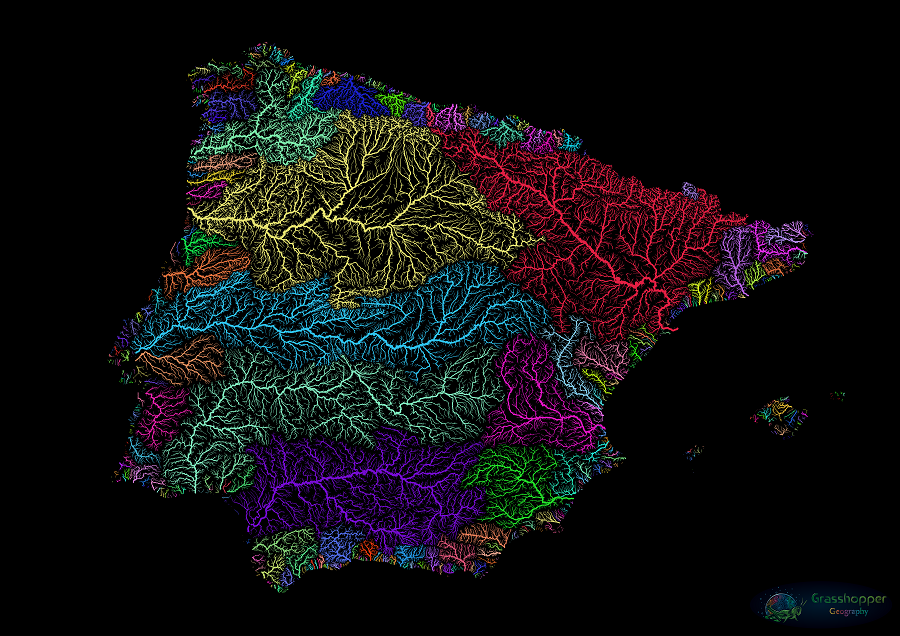
5/ Spanish farmers don’t collect dead cattle, but in Portugal, they must bury or burn all carcasses. This leaves no food for vultures, who have learned that the grass is always greener on the eastern side.
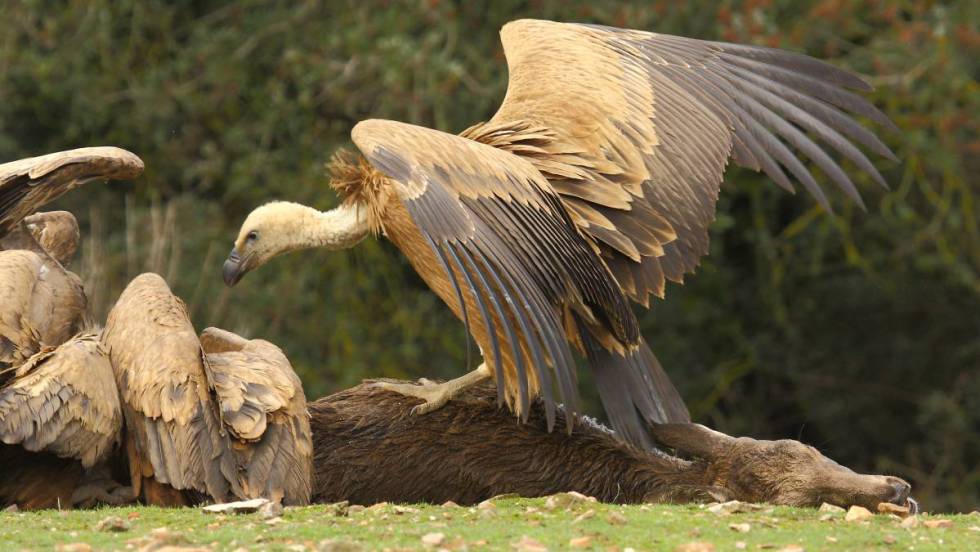
6/ A handful of nesting colonies remain in Portugal, says Joaquim Teodósio, a biologist working for the Portuguese Society for the Study of Birds (@spea_birdlife), but the vultures that occupy them spend the daylight hours abroad.
7/ The reasons for the mismatch are historical. In 2001, Europe’s answer to the mad-cow disease (BSE) crisis was banning the abandonment of dead livestock. Spanish vultures, which account for 95% of all scavenging birds in Europe, suffered especially. https://eur-lex.europa.eu/legal-content/ES/TXT/?qid=1456745645114&uri=CELEX:02001R0999-20160203 …
8/ Conservationists at the time made a strong case against the ban, which convinced European Union  legislators to delegate the choice to member states. Some countries, like Spain, resumed cattle abandonment under special conditions. Portugal never changed its laws.
legislators to delegate the choice to member states. Some countries, like Spain, resumed cattle abandonment under special conditions. Portugal never changed its laws.
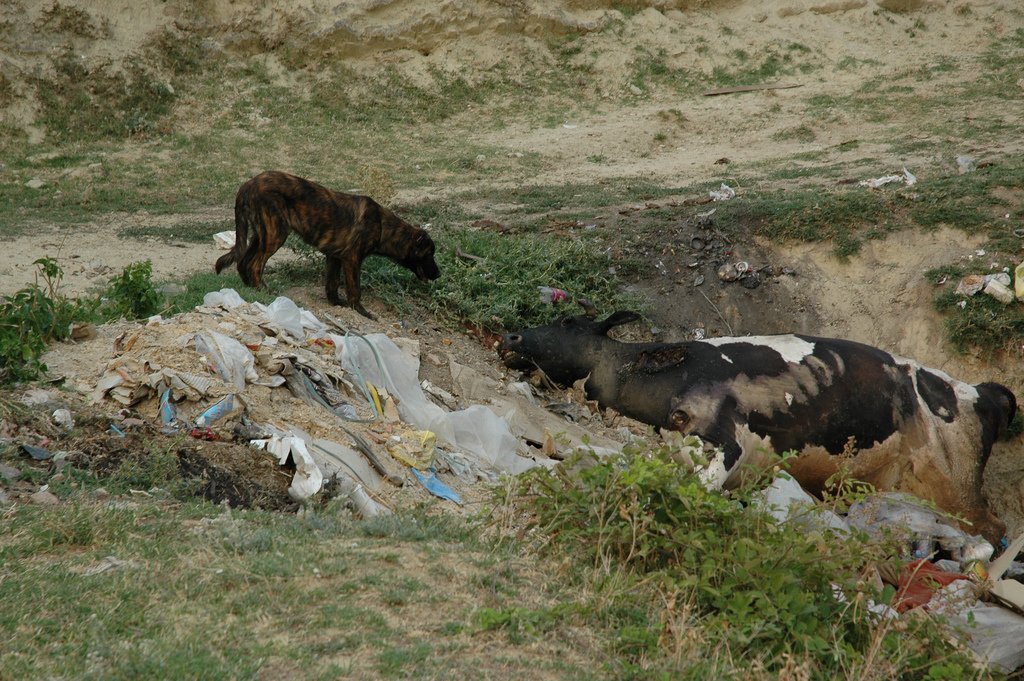
9/ Representatives of BirdLife International, a nature conservation partnership, in both countries (@SEO_BirdLife  / @spea_birdlife
/ @spea_birdlife  ) argue wildlife will benefit from the integration of sanitary policies across European borders.
) argue wildlife will benefit from the integration of sanitary policies across European borders.
10/ It's not just vultures at stake: the collection, transportation and disposal of dead animals is costly and polluting.
11/ One study, published in Scientific Reports, calculated that taking these jobs from scavengers in Spain involved annual payments of around $50 million to insurance companies and the emission of 77,344 metric tons of equivalent carbon dioxide every year.
12/ Activists in Portugal are pushing for change. They ask for carrion abandonment permits for farmers, or at least for designated feeding stations where dead cattle may be allowed to rot. Until such measures are granted, an invisible ecological barrier hovers above the border.
13/ This story was published in Spanish for El País last year. Lo recordé hace poco por una conversación y quería compartir en inglés. Dejo aquí el enlace:
- Musings...
- Login or register to post comments
- Permalink

